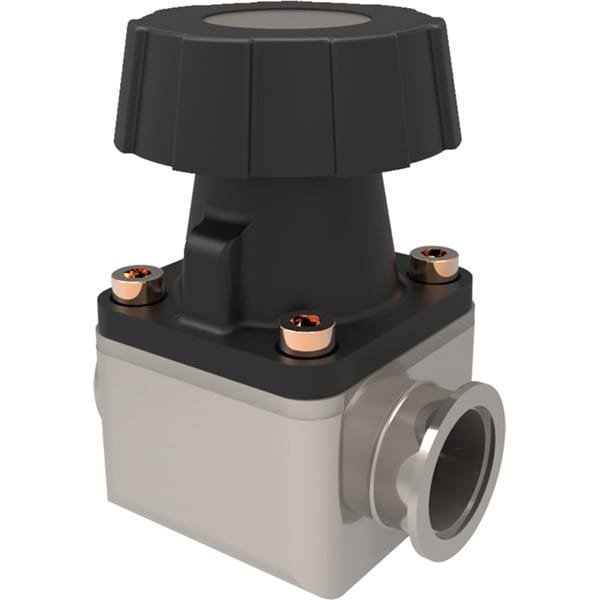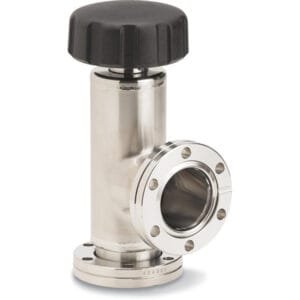Offer high tolerance for dirty systems at a relatively low cost.
- Maximum leak rate of <1 x 10-6 mbar ls-1
- Works best in the pressure range 10,000 – 1 x 10-5 mbar
- Withstands bakeouts to 60° C
- Nitrile and Fluorocarbon diaphragm versions are available
Techniques, such as Finite Element Analysis, are used to optimize the design of these valves, while testing each valve with a helium mass spectrometer ensures it meets stringent specification standards.
Specifications Table
| Manufacturer | Edwards |
|---|---|
| Pressure | Torr Min: 7.500 x 10-6 Torr Max: 6750 Torrmbar Min: 1.000 x 10-5 mbar Max: 9000 mbar PSI |
| Rates | Leak Rate 1.000 x 10-5 mbar*L/s 7.500 x 10-6 Torr*L/s |
| Temperature | Bakeable 60.0 ºC 140 ºF |
| Bonnet Seal Type | Glass Reinforced Plastic |
| Valve Body Material | Aluminum Alloy |
| Diaphragm Material | Fluorocarbon (FKM) |





Reviews
There are no reviews yet.